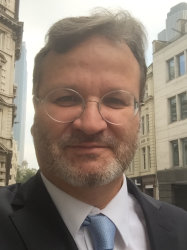BibTex format
@article{Modi:2019:10.1001/jamasurg.2019.2552,
author = {Modi, HN and Singh, H and Fiorentino, F and Orihuela-Espina, F and Athanasiou, T and Yang, G-Z and Darzi, A and Leff, DR},
doi = {10.1001/jamasurg.2019.2552},
journal = {JAMA Surgery},
title = {Association of residents' neural signatures with stress resilience during surgery},
url = {http://dx.doi.org/10.1001/jamasurg.2019.2552},
volume = {154},
year = {2019}
}

